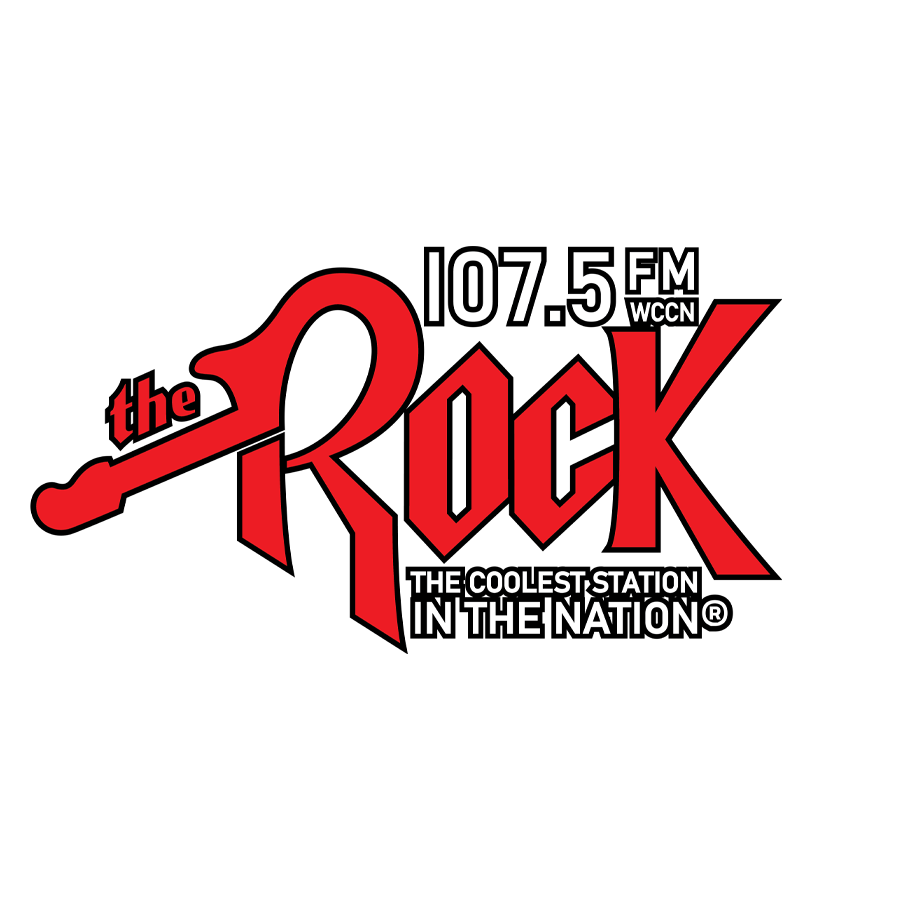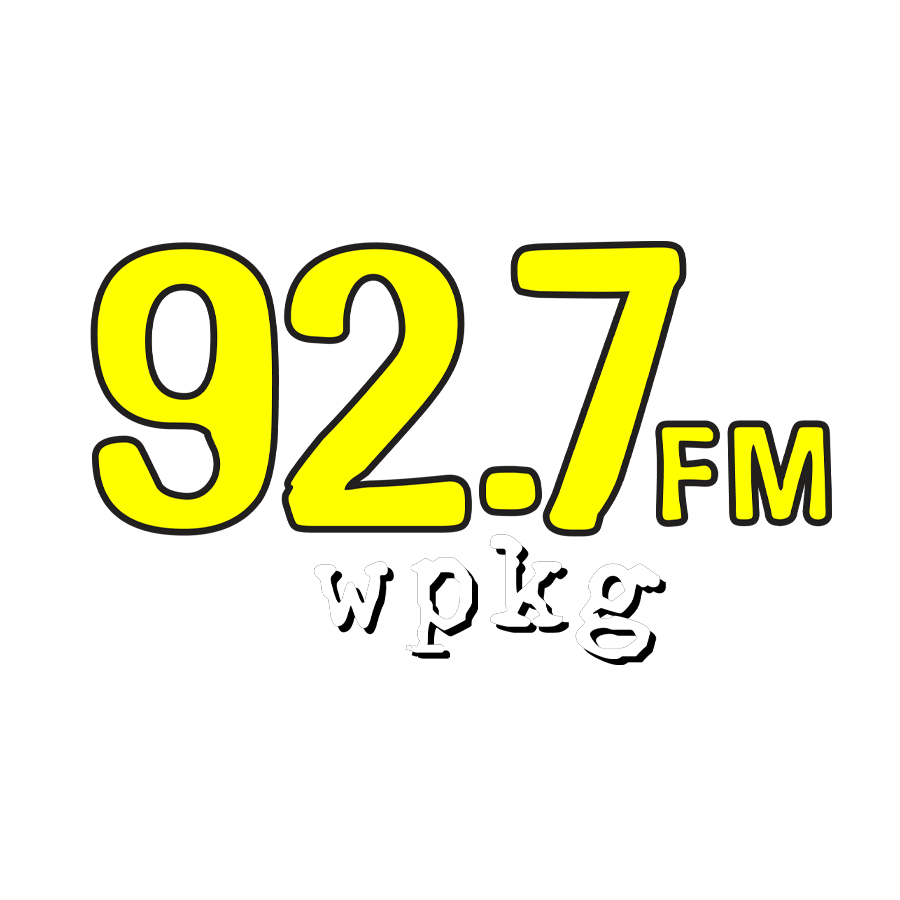Wisconsin DHS Announces 26% Increase in the Number of Children Under 6 Screened for Lead Exposure
Friday, October 24th, 2025 -- 8:01 AM
The Wisconsin Department of Health Services (DHS) has announced a 26% increase in the number of children under age 6 who have been screened for lead exposure statewide, allowing state and local health departments to catch more cases of lead poisoning sooner.
This October 19-25, DHS is marking National Lead Poisoning Prevention Week by reminding parents and caregivers that testing children for lead exposure and knowing how to avoid common sources of lead exposure prevent serious health impacts to Wisconsin children.
In 2024, DHS updated its statewide blood-lead testing recommendations to recommend that all children receive a blood lead test at age 1 and age 2, resulting in a 26% statewide increase in testing rates for children under age 6, or about 99,500 children tested in 2024.
The increase in testing has identified more than 4,800 children with lead poisoning, helping to also increase the number of children and families who receive information on early intervention and prevention resources.
Lead can be found in the paint, dust, pipes, and soil in or around older homes and buildings. Products like toys, pottery, and makeup from other countries can contain lead as well. Adult hobbies or occupations such as shooting, hunting, construction, or stained-glass work can also expose children to lead through a process known as take-home lead exposure.
Learn more at Lead-Safe Wisconsin: Sources of Lead. Exposure to lead usually happens by swallowing or breathing it in. If you live in a home or building built before 1978, there is a chance that your home or unit contains lead paint. When lead paint breaks down, it creates dangerous lead dust, which can build up on the surfaces where children eat, play, and crawl.
If you live in a home with lead hazards, DHS recommends that families and caregivers wipe down high-risk surfaces like floors, windowsills, window wells, baseboards, toys, and any high-touch surfaces with disposable wet wipes at least once a week. Don't sweep or dust; this will only spread lead dust more widely.
For families concerned about lead in their homes, the Lead-Safe Homes Program (LSPH) can help. This program renovates and abates homes to make them lead-safe for Wisconsin kids and pregnant women that are on Medicaid or BadgerCare Plus.
As of 2025, the program has renovated over 500 homes across Wisconsin. As far as we've come in addressing lead hazards and preventing lead poisoning in our state, we still have work to do.
Gov. Evers' 2025-27 Executive Budget would have provided over $6 million over the biennium to increase grants to local health departments to support lead poisoning intervention and response.
Each health department would have received at least a $40,000 increase, with an average award increase of $50,700, and jurisdictions with more cases of lead poisoning would receive more funding.
Unfortunately, Republicans on the state's budget committee removed this provision from the governor's budget, as well as other efforts to ensure clean, safe drinking water, including:
- Modifying statutes to allow utilities to provide financial assistance in the form of 100 percent grant funding for the replacement of lead service lines (LSL) for property owners.
- Investing $7.1 million specifically to aid in-home child care providers across Milwaukee County in ensuring lead-free drinking water for their facilities.
- Proposing a $200 million investment to accelerate the removal of lead service lines across the state.
- Providing grants to school districts and independent charter schools to replace water fountains with water bottle filling stations with filtration systems to reduce contaminants in water.
For more information, view DHS resources to know the facts, get your child tested, and keep your home lead-safe.
Feel free to contact us with questions and/or comments.




